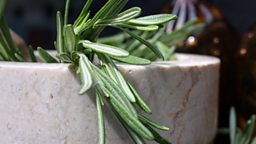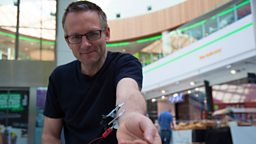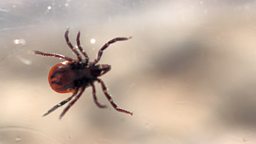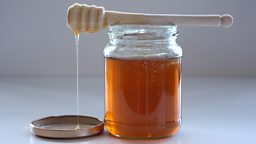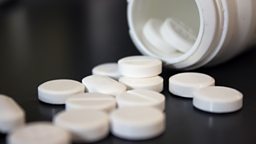What鈥檚 the best way to clean out my ears?
Ear, Nose and Throat surgeon examines the best, and worst ways, to clean your ears.
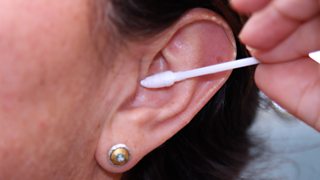
What is ear wax?
Earwax is a waxy material produced by glands inside the ear. It helps keep our ears healthy and clean; it stops the skin that lines our ear canal from drying and cracking and protects the ear by trapping dirt and repelling water so it helps to prevent infections.
Most of the time our ear canals clean themselves; as we talk, chew and move our jaws the earwax and skin cells slowly move from the eardrum to the ear opening where it usually dries, and falls out. Earwax doesn't usually cause problems, but if too much earwax is produced it can cause a blockage which can be painful or could cause hearing loss.
There is a vast array of items on sale which say they will clean your ears or remove ear wax, but do any actually help?
Cotton buds
Problems often arise when we try to clean out this helpful wax using our finger, or even worse, a cotton bud.
Despite many people using cotton buds to clean their ears, manufacturers actually advise against using them in the external auditory canal. Next time you reach for one of these innocuous-looking implements, have a look on the packet. You will probably find a safety warning which will tell you that cotton buds ‘should not be inserted into the ear canal’!
When we use cotton buds, what we actually end up doing is pushing earwax deeper into the ear where it gets stuck in the parts that don’t, and can’t, clean themselves. The trapped earwax may also contain bacteria from the outer ear that could cause infection. Furthermore, removing wax with a cotton bud can irritate the skin of the ear, and this often encourages people to poke around even more; it’s a vicious cycle . However, in some cases if the bud is inserted too far into the ear, there is a risk of perforating the eardrum, causing sudden pain, bleeding and temporary hearing loss.
Ear candles
Ear candles are marketed as an easy solution for people wanting to get rid of their wax. The technique involves placing a lit, hollow cone-shaped beeswax candle in the ear. This is supposed to draw the wax, and other impurities, out of the ear.
However, as Gabriel discovered, after the candle has been lit you can find a waxy deposit in the centre, even if it hasn’t been near an ear. Instead, the wax has come from the inside the candle itself.
Research has shown that not only is ear candling ineffective at removing earwax, but it can be dangerous. It can burn the face and ear, it can leave wax in the canal, and it can also puncture the ear drum.
Ear drops
A lot of people use eardrops as the first option for wax removal. These may soften or loosen the wax so it can work its way out naturally. There are many ear drops on the market. The active ingredients tend to be hydrogen peroxide, sodium bicarbonate, or sodium chloride. These drops might be effective but they can also be irritating for people with sensitive skin.
Instead, olive oil and almond oil drops appear to be just as good as more costly commercial products.
If you would like to try olive oil or almond oil to soften your wax - warm the oil up to body temperature and lie down on one side. Use a dropper to apply a few drops of olive oil into your ear and stay in that position for 5-10 minutes.
Olive oil is unlikely to cause any irritation to your ear, but it takes quite a long time to have an effect on the wax. You might need to repeat this two or three times a day for between three and five days to soften a waxy build-up.
Ear irrigation
If you have a persistent problem with earwax your GP may recommend ear irrigation, also known as syringing. This technique involves using a tool to push a pressurised flow of water into the ear canal to dislodge the wax.
However, although this may remove the wax, it can sometimes be painful and may even damage the ear drum.
Microsuction
Some clinics can perform microsuction to remove earwax.
During this procedure a clinician will use a microscope to look into the ear canal and a very tiny suction device to suck out the wax.
This technique can be a very safe and effective way to removing persistent blockages.
Useful links
However, most of us have got a completely normal amount of wax in our ears. So, unless you’ve got a real problem, leave your ears well alone!



